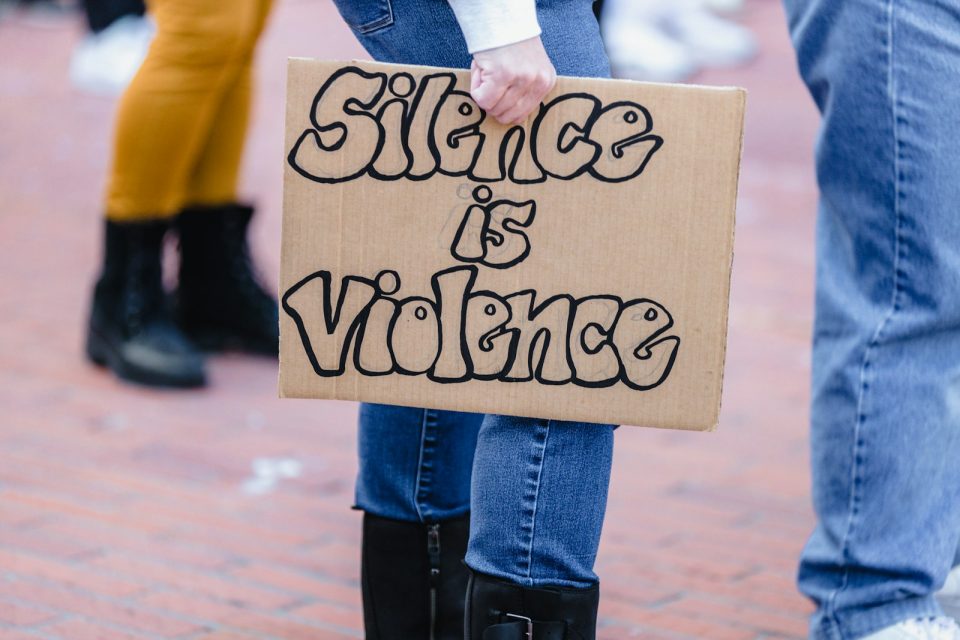October isn’t just Domestic Violence Awareness Month; it exposes the hidden crisis that too often stays behind closed doors. In the United States, more than 10 million adults experience intimate-partner violence each year, with an average of one assault occurring every minute. Nationwide, 1 in 3 women and 1 in 4 men report having been physically abused by a partner at some point in their lives.
The stakes grew sharper when gun violence intersected with domestic abuse: more than 70 women each month are shot and killed by an intimate partner, and access to a firearm increases the homicide risk for women by fivefold. Children also find themselves caught in the crossfire. 1 in 15 children are exposed to intimate-partner violence annually, many as direct witnesses.
Many survivors of domestic violence stay in abusive relationships for a complex web of reasons that go far beyond simple choice. Fear is a powerful factor: abusers often threaten physical harm, financial ruin, or custody battles if a partner tries to leave. Financial dependence can trap victims, especially if they lack access to income, housing, or childcare. Emotional manipulation, isolation from friends and family, and cycles of affection and intimidation can create a sense of loyalty or hopelessness that’s difficult to break. Social stigma and cultural pressures also play a role, as survivors may worry about judgment, shame, or not being believed. Experts emphasize that leaving an abusive situation is rarely simple; it’s a process that often requires planning, support, and safe resources to navigate the risks involved.
Leaving a domestic violence situation is often one of the most dangerous steps a survivor can take, so careful planning and support are essential. Experts recommend creating a safety plan that includes identifying a safe place to go, packing an emergency bag with essential documents, medications, money, and personal items, and having a trusted friend, family member, or neighbor aware of the situation. Survivors should reach out to local shelters, advocacy organizations, or hotlines like the National Domestic Violence Hotline (1‑800‑799‑SAFE) or via chat at thehotline.org. for guidance and resources. Legal protections, such as restraining orders or protective orders, may also help provide safety. Importantly, professionals emphasize that leaving is a process, not a single event, and accessing emotional support and counseling can be crucial for navigating the physical, emotional, and logistical challenges safely.
Recognizing domestic violence often means looking beyond obvious physical injuries to the subtler signs of abuse. Victims may show signs of fear or anxiety around their partner, have unexplained injuries, or exhibit social withdrawal and low self-esteem. Controlling behavior, excessive monitoring, and isolation from friends or family are also common red flags. To be of help, it’s important to listen without judgment, validate the survivor’s experiences, and avoid pressuring them to take actions they aren’t ready for. Sharing resources, such as local shelters, advocacy groups. Even small gestures like offering a safe space to talk, checking in regularly, or helping them plan safe steps to access help can make a meaningful difference in breaking the cycle of abuse.
Domestic Violence Awareness Month is a grim reminder that abuse can affect anyone, regardless of age, gender, or background, and that the path to safety is often complex and fraught with challenges. By recognizing the signs, offering support without judgment, and connecting survivors to trusted resources, communities can play a vital role in breaking the cycle of violence. Awareness alone is not enough; action, education, and accessible services are crucial to helping victims reclaim their lives. Every step taken to shine a light on domestic violence brings society closer to a world where no one has to live in fear behind closed doors.

